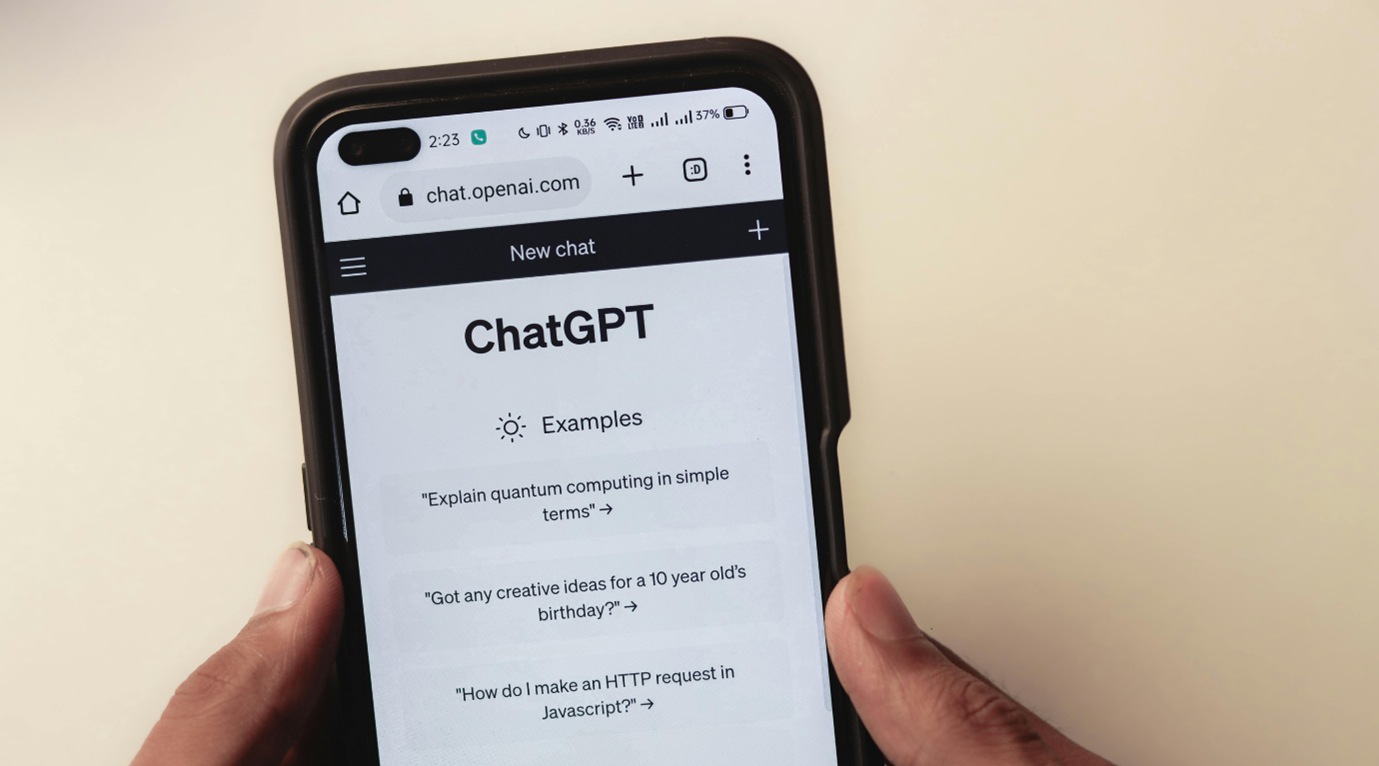In the dynamic world of app development, the app development software you choose can make or break your project’s success. Gone are the days of clunky, text-based coding environments. Today’s developers have a vast array of sophisticated app building software options at their disposal, each offering unique functionalities and catering to different development styles.
This blog post delves into the ever-evolving landscape of app development software. We’ll equip you with the knowledge and criteria to select the perfect toolset that aligns seamlessly with your specific project requirements. By the end, you’ll be well on your way to building a high-performing, user-centric mobile application.
Understanding the App Development Software Landscape
The app development software landscape can be vast and sometimes overwhelming. To navigate effectively, it’s crucial to understand the different types of environments available:
- Traditional Integrated Development Environments (IDEs): These are the workhorses of the development world, offering comprehensive features for code editing, debugging, and project management. Popular IDE options include Android Studio for native Android development and Xcode for native iOS development. While powerful, traditional IDEs often require a steeper learning curve.
- Cloud-Based Platforms: Cloud-based app development software offers a flexible and scalable solution. These platforms host the development environment in the cloud, allowing developers to access and collaborate on projects from anywhere with an internet connection. Popular options include Amazon Web Services (AWS) Mobile Hub and Microsoft Azure App Service.
- Low-Code/No-Code Platforms: These platforms are revolutionizing app development by enabling even those with limited coding experience to create basic applications. They utilize drag-and-drop interfaces and pre-built components, streamlining the development process. Popular low-code/no-code platforms include Mendix and Thunkable.
Platform Compatibility: A Balancing Act
When selecting app development software, platform compatibility is a key consideration. Will you be developing for iOS, Android, or both? Here’s a breakdown:
- Native App Development: This involves creating separate apps for each platform (iOS and Android) using platform-specific tools and languages (Swift for iOS, Kotlin for Android). This approach offers the best performance and user experience but requires more development effort.
- Cross-Platform Development: These tools allow you to build a single codebase that can be deployed to both iOS and Android platforms. Popular frameworks include React Native and Flutter. While convenient, cross-platform apps may have slight performance limitations compared to native apps.
Demystifying Features: Evaluating Key Functionalities of App Development Software
The ideal app development software should not only be compatible with your target platform but also possess features that cater to your specific project needs. Here are some crucial functionalities to consider:
User Interface (UI) and Experience (UX) Design Capabilities:
A well-designed user interface is paramount for a successful app. Look for app development software that offers intuitive tools for creating visually appealing interfaces and user flows. Pre-built UI components and drag-and-drop functionalities can significantly accelerate the design process. Popular options include Adobe XD and Figma (although these are not strictly app development software, they can integrate seamlessly with many development tools).
Integration Capabilities:
Modern apps often interact with various data sources and services. Ensure your chosen app development software facilitates seamless integration with existing databases, back-end services, and third-party APIs (Application Programming Interfaces). Robust integration features are essential for building feature-rich and data-driven applications.
Support for Advanced Features:
Does your app require cutting-edge functionalities like Augmented Reality (AR), Virtual Reality (VR), or Internet of Things (IoT) integrations? Select app development software that offers built-in support or integrations with tools that enable these features. For instance, certain cloud-based platforms offer pre-built connectors for popular AR/VR frameworks.
Comparative Analysis: Unveiling the Strengths and Weaknesses of Top Tools
Choosing the right app development software can feel overwhelming with so many options available. To aid your decision, here’s a comparative table highlighting the strengths and weaknesses of some popular tools across different categories:
| App Development Software | Category | Strengths | Weaknesses |
| Android Studio | Traditional IDE | Powerful, feature-rich | Steeper learning curve, primarily for Android development |
| Xcode | Traditional IDE | Comprehensive development environment for iOS apps | Limited to iOS development |
| AWS Mobile Hub | Cloud-based | Scalable, collaborative environment, integrates with AWS services | May require additional configuration for non-AWS services |
| Microsoft Azure App Service | Cloud-based | Integrates with Microsoft tools and services, easy deployment | Vendor lock-in for some features |
| Mendix | Low-code/No-code | User-friendly, drag-and-drop interface | Limited customization options for complex apps |
| Thunkable | Low-code/No-code | Excellent for prototyping, good for basic apps | May not be suitable for resource-intensive applications |
Remember, this table is not exhaustive, and the “best” tool ultimately depends on your specific project requirements.
By carefully evaluating these features and comparing different app development software options, you can ensure you select a tool that empowers you to create a high-quality, feature-rich mobile application.
Building on a Budget: Cost-Effectiveness and Scalability in App Development Software
Selecting the most cost-effective app development software goes beyond just the price tag. Here’s a breakdown of key considerations:
Pricing Models:
- Subscription-based: Many cloud-based platforms and some traditional IDEs offer subscription plans with monthly or annual fees. These plans often provide access to a range of features, with higher tiers offering additional functionalities and storage.
- One-time Licensing: Traditional IDEs and some low-code/no-code platforms may offer one-time licensing fees for perpetual use. While this might seem cost-effective upfront, it doesn’t account for potential future upgrades or feature additions.
- Open-source: A variety of open-source app development software options are available, offering a cost-effective solution for developers comfortable with managing the development environment. However, open-source tools often require more technical expertise and may lack the support features of commercial options.
Scalability:
As your app grows in user base and complexity, your app development software needs to keep pace. Consider the scalability of the platform you choose. Can it handle increasing data loads and accommodate future feature additions without compromising performance?
Cloud-based platforms often excel in scalability, as they can easily adapt to growing resource demands. Traditional IDEs may require additional hardware upgrades as your project scales.
Ready to Revolutionize Your App?
Unlock the potential of your app idea with Neuronimbus, your trusted partner in innovative app development.
Get in Touch
Future-Proofing Your Project: Emerging Trends in App Development Software
The landscape of app development software is constantly evolving, driven by advancements in technology and changing user demands. Here are some key trends to watch:
The Rise of Low-Code/No-Code Platforms:
These platforms are democratizing app development by empowering individuals with limited coding experience to create functional applications. Expect to see even more user-friendly interfaces, pre-built components, and powerful automation features emerge within low-code/no-code platforms, making them even more accessible for citizen developers.
AI and Machine Learning Integration:
App development software is becoming increasingly intelligent. Integration of Artificial Intelligence (AI) and Machine Learning (ML) functionalities will streamline development processes, automate repetitive tasks, and even generate code based on user specifications. This will allow developers to focus on more strategic aspects of app creation.
The Evolving Cloud Landscape:
Cloud-based app development software platforms offer numerous advantages, including scalability, collaboration, and access to cutting-edge technologies. Expect to see even more robust cloud platforms emerge, offering advanced features like serverless computing and containerization for enhanced development agility.
Staying Ahead of the Curve:
The rapid pace of innovation in app development software necessitates continuous learning and adaptation for developers. Here are some tips to stay future-proof:
- Closely follow industry news and trends.
- Experiment with emerging technologies and platforms.
- Participate in online communities and developer forums.
- Invest in professional development opportunities.
By embracing these trends and staying up to date with the latest advancements, developers can leverage the power of app development software to create innovative and future-proof mobile applications.
Challenges and Considerations: The Road to Successful App Development
Selecting the right app development software is just one step in the journey. Here are some common challenges developers face when working with different platforms:
- Maintainability: Some platforms, particularly low-code/no-code options, can generate code that is difficult to maintain and modify as the app evolves.
- Security Vulnerabilities: Certain app development software might have inherent security vulnerabilities, so it’s crucial to choose a platform with a strong security track record and regular updates.
- Limited Customization: While pre-built components can accelerate development, some platforms may offer limited customization options for building unique and complex app features.
Overcoming these challenges requires careful planning and due diligence. Here are some tips for mitigating risks:
- Thoroughly evaluate the security features of the app development software you choose.
- Start with a clear understanding of your project requirements and select a platform that offers the necessary customization capabilities.
- Conduct pilot tests and implement a robust code review process to ensure maintainability.
By carefully considering these challenges and implementing the suggested strategies, developers can minimize risks and ensure the successful implementation of their chosen app development software.
Conclusion
Choosing the right app development software is a crucial decision that can significantly impact your project’s success. By understanding the different types of platforms available, evaluating features, and considering cost-effectiveness and scalability, you can select a tool that empowers you to create a high-performing and user-centric mobile application.
Embrace the Future: The ever-evolving landscape of app development software presents exciting opportunities for developers. Stay informed about emerging trends, experiment with new technologies, and continuously hone your skills. By doing so, you’ll be well-equipped to build the app of your dreams and thrive in the dynamic world of mobile application development.
Looking to elevate your next app development project? Partner with Neuronimbus to guide you through the app development software selection process and ensure your project’s success. Contact us today to learn more about our services and how we can help you turn your app idea into a reality.




